Samsung Galaxy Z Fold 5 review: The most powerful folding phone gets a nip and a tuck
Samsung’s flagship foldable gets a performance upgrade for 2023
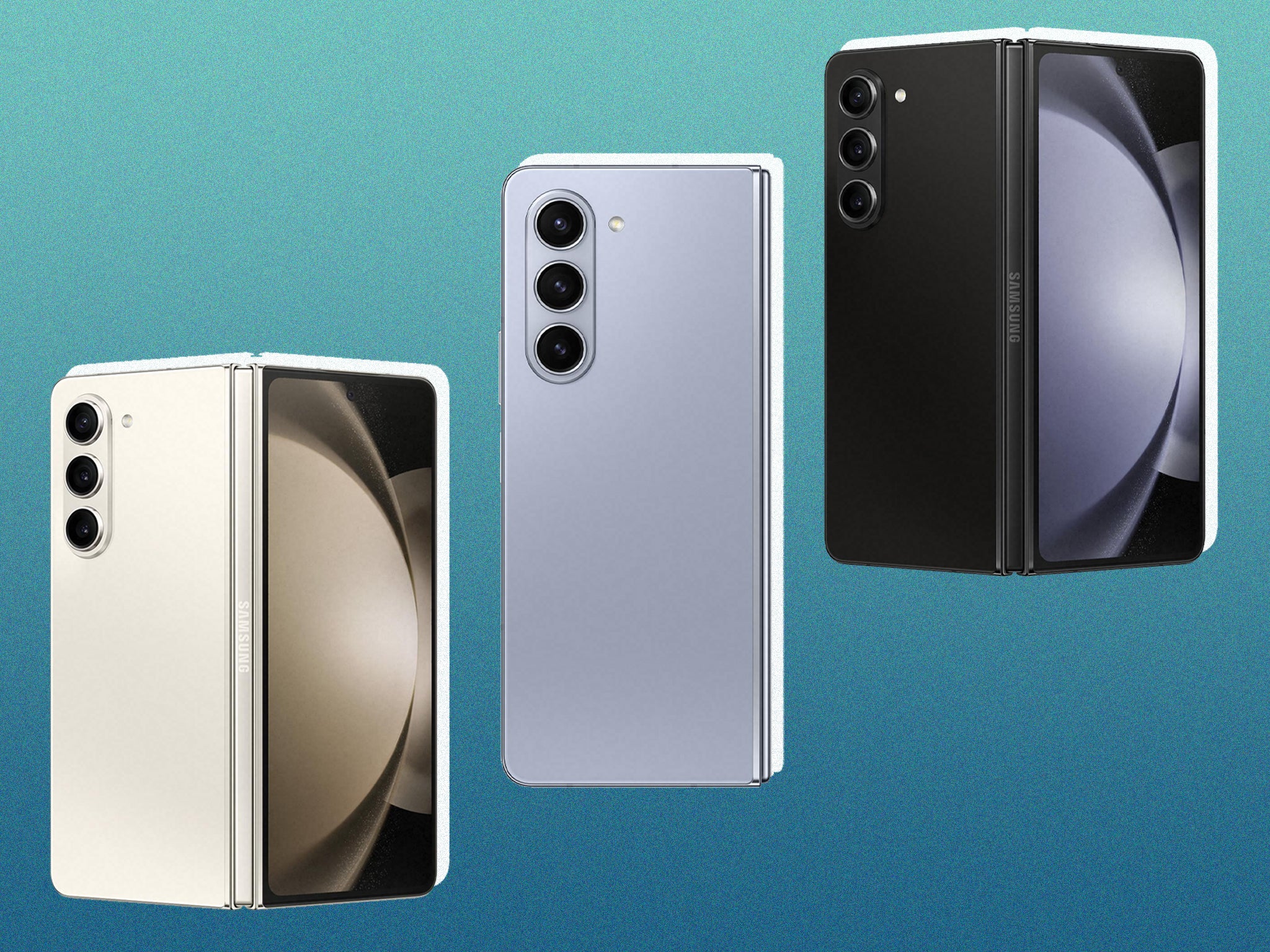
Your support helps us to tell the story
From reproductive rights to climate change to Big Tech, The Independent is on the ground when the story is developing. Whether it's investigating the financials of Elon Musk's pro-Trump PAC or producing our latest documentary, 'The A Word', which shines a light on the American women fighting for reproductive rights, we know how important it is to parse out the facts from the messaging.
At such a critical moment in US history, we need reporters on the ground. Your donation allows us to keep sending journalists to speak to both sides of the story.
The Independent is trusted by Americans across the entire political spectrum. And unlike many other quality news outlets, we choose not to lock Americans out of our reporting and analysis with paywalls. We believe quality journalism should be available to everyone, paid for by those who can afford it.
Your support makes all the difference.The Samsung Galaxy Z Fold 5 is the most powerful folding phone you can buy, and subsequently costs about as much as it’s possible to spend on a phone.
Available now, the newest foldable sports a thinner and lighter design, has a brighter screen and a faster Snapdragon 8 Gen 2 processor, and closes completely shut without a gap. An evolution rather than a revolution, the Fold 5 is just a small refinement of last year’s Fold 4 (which was itself an incremental upgrade to the Fold 3).
Samsung really isn’t playing around too much with the basics – this is still a powerful, multi-tasking phone/tablet hybrid with the capabilities of a mid-range laptop – but if the Galaxy Z Fold 4 wasn’t enough to convince you already, this year’s phone isn’t here to change your mind.
So what’s new? Samsung has managed to reduce the phone’s thickness by 2.4mm and its weight by 10g. The Fold 5 now closes almost completely flat, eliminating the hinge-side gap between the two halves. The result is a slightly sleeker-feeling phone overall, particularly when wrapped in a case, and one that should be less prone to collecting dirt and dust.
There are some interesting new case designs to consider, too. There’s a case with a built-in kickstand, which can be swapped out for a flexible strap to slip your fingers underneath for better grip, and another that accommodates the S Pen stylus much more neatly than before.
Read more:
Where to buy the Galaxy Z Fold 5
Samsung Galaxy Z Fold 5: From £1,749, Amazon.co.uk
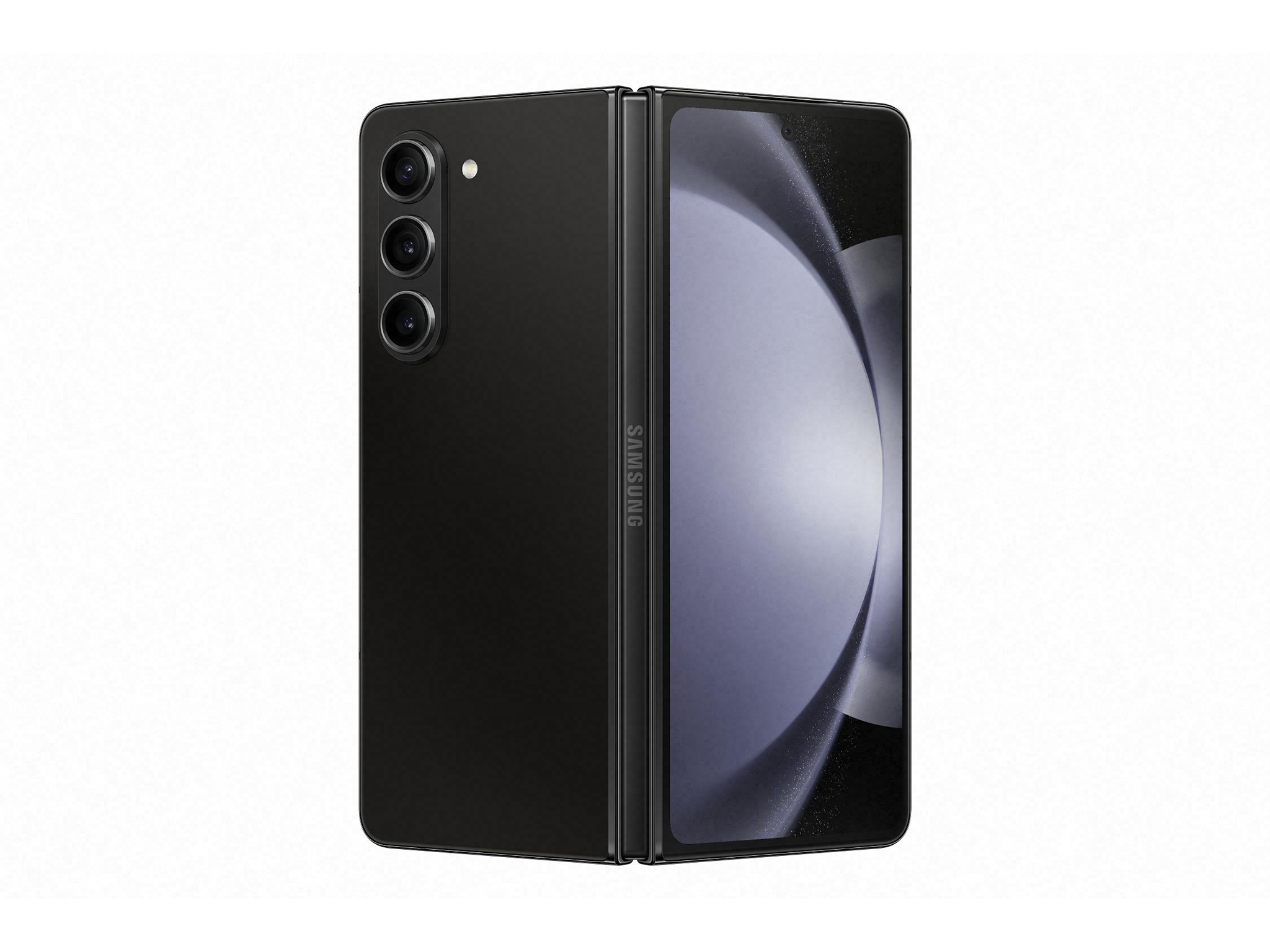
- Main display: 7.6in AMOLED, 120Hz
- Cover display: 6.2in AMOLED, 120Hz
- Dimensions (folded): 67.1mm x 154.9mm x 13.4mm
- Dimensions (unfolded): 129.9mm x 154.9mm x 6.1mm
- Weight: 253g
- Camera (rear): 12MP ultrawide, 50MP wide, 10MP telephoto
- Camera (front): 4MP
- Camera (cover): 10MP
- Processor: Snapdragon 8 Gen 2 for Galaxy
- RAM: 12GB
- Storage: 256GB / 512GB / 1TB
Slimmer, lighter, brighter and faster – that’s the long and short of this year’s update to the Samsung Galaxy Z Fold. The phone has been trimmed down to 13.4mm and 253g, which barely changes its appearance but is just about noticeable when you’ve got the phone in your hand.
The 7.6in main display can now hit 1,750 nits peak brightness – the same as the S23 Ultra – giving the screen improved performance and legibility in sunny conditions. Otherwise, the display is untouched: it uses a Dynamic AMOLED 2X panel and an adaptive 120Hz refresh rate. The resolution remains sharp at 2,176px x 1,812px.
Camera performance is identical too, with a returning trio of wide, ultrawide and 3x optical telephoto lenses at 50MP, 12MP and 10MP – still short of the killer camera setup of the Galaxy S23, but easily outpacing most other phones on the market. Battery capacity is still 4,400mAh, although improvements to the chipset and improved cooling help to lengthen battery life.
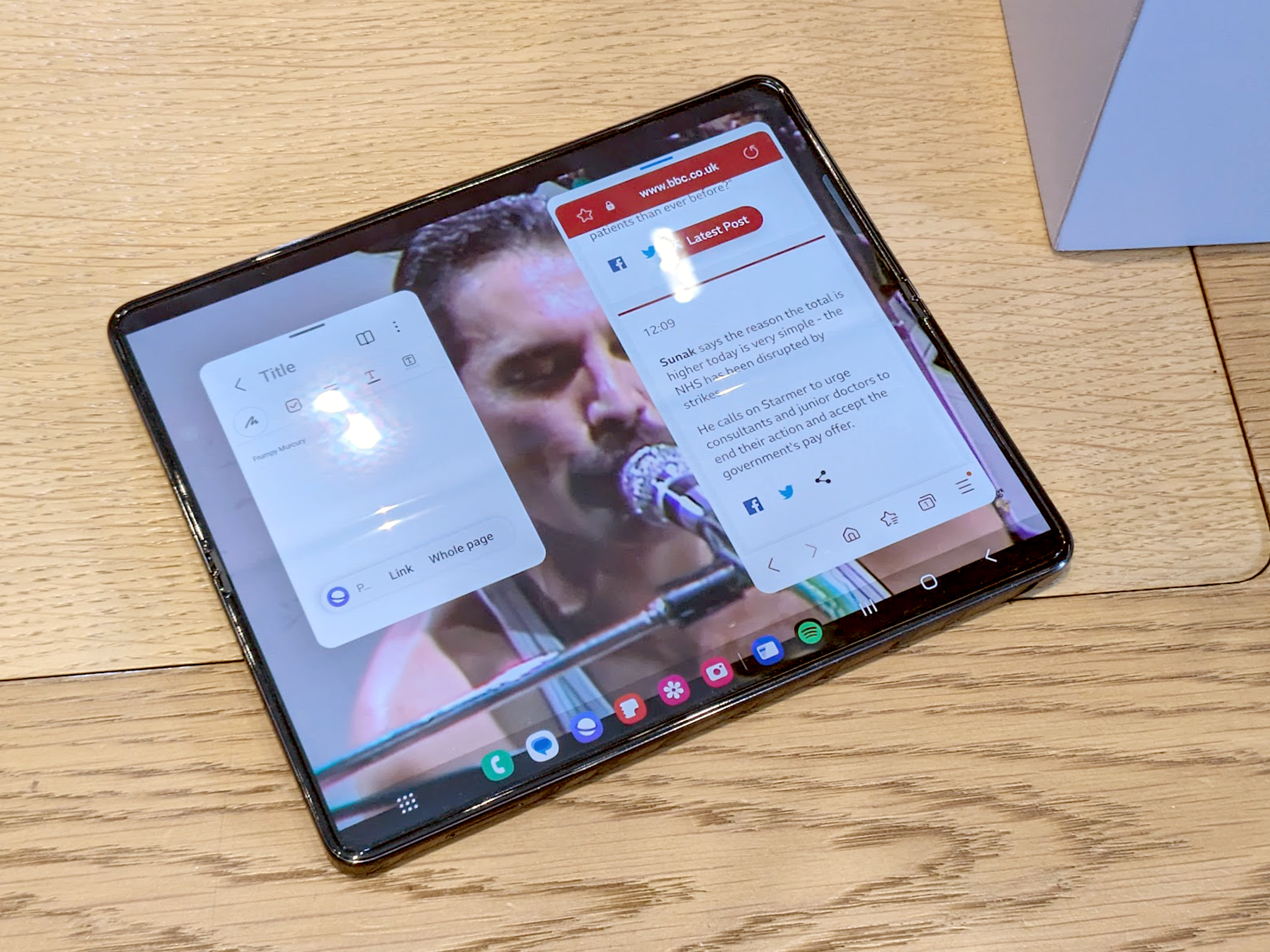
So, what’s actually new here? Not a great deal. Definitely not enough for the foldable-curious to take the plunge, and probably not enough for Galaxy Z Fold 4 owners to make the upgrade. This year’s Fold is another light-touch refresh, a nip and a tuck to keep Samsung’s flagship foldable feeling speedy and current compared with new rivals such as the Pixel Fold.
The most apparent improvement is getting rid of the hinge gap, which means both sides of the phone now sit flush with one another when closed. The result is a much neater-looking device – the tightened-up design should also help stop debris from finding its way into the phone and potentially damaging the flexible screen.
That said, despite the improved hinge the phone still has an IPX8 rating. The X means it’s unrated for dust resistance – that’ll mean pocket grit – but the 8 means but it can survive a dunk in water for 30 minutes at a depth of 1.5m.
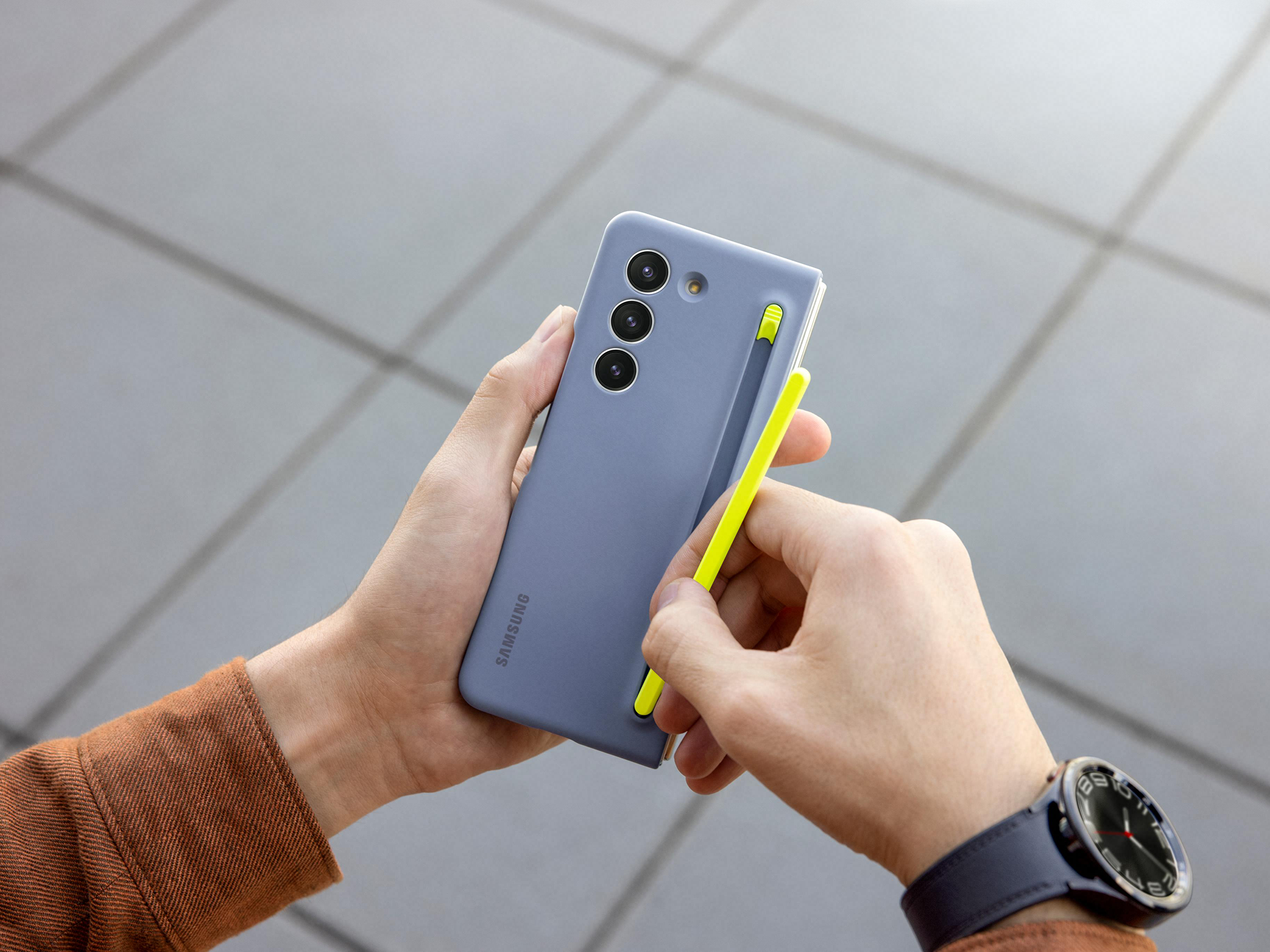
Long-term durability is a big concern with folding phones, so it’s helpful to look at older Samsung foldables to get a better idea of how long they’re lasting. It will take years before we know how the Galaxy Z Fold 5 holds up to regular use, but the Fold 4 and Fold 3 are holding up far better than previous iterations.
Issues like cracking and bubbling of the interior screen are rare, but naturally more common than in traditional unfolding phones. In most cases, faults with the display are covered by Samsung’s limited repair warranty.
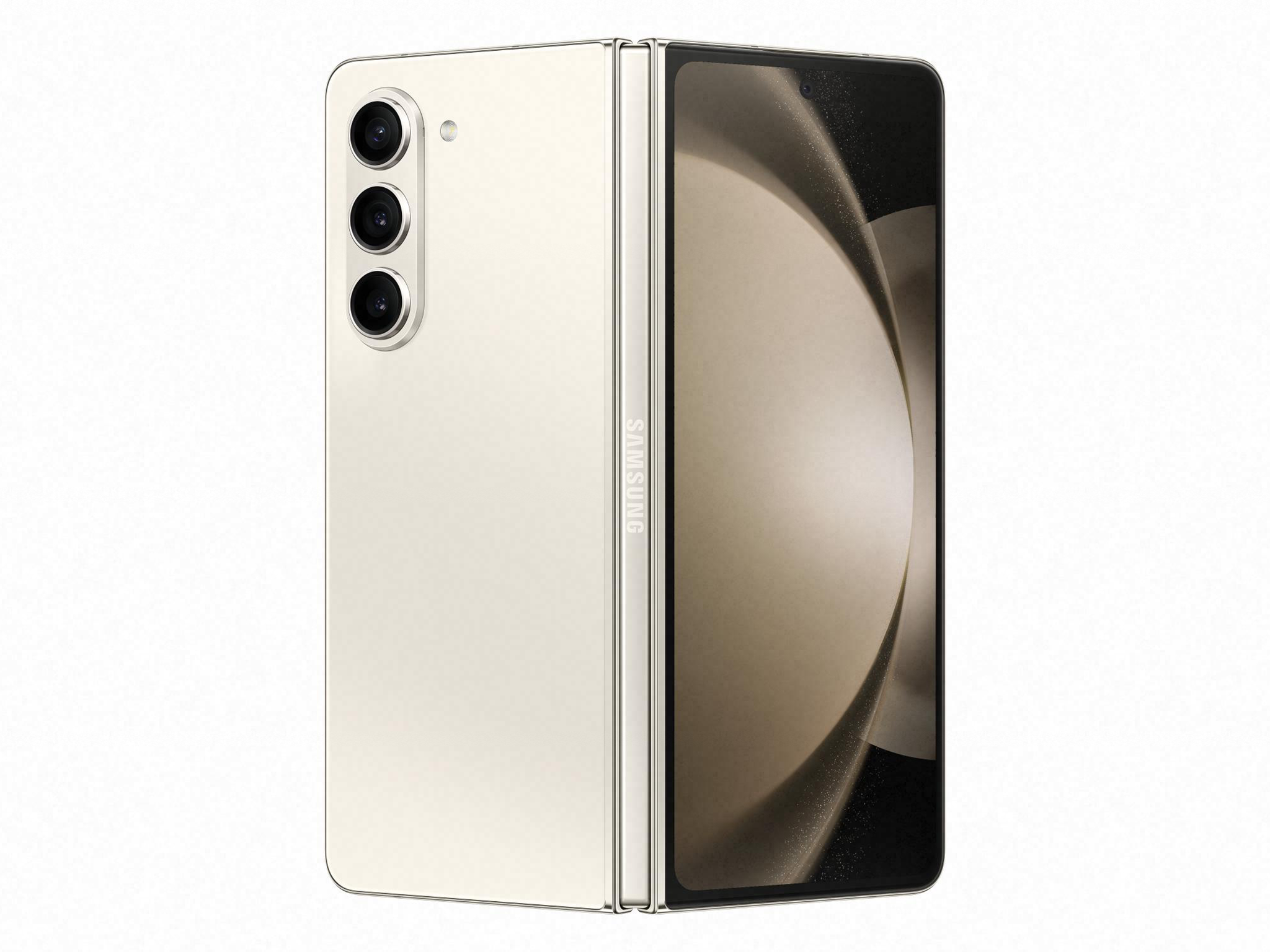
But focus too much on the barely-there improvements, and it’s too easy to overlook what an incredible piece of hardware the Galaxy Z Fold already is. This is a powerful multitasking device, letting you work with and across several apps simultaneously, as you would on Windows or MacOS.
It’s simple and intuitive to load apps side-by-side, or pop them into floating windows, or to use the giant inside display for watching full-screen entertainment when travelling. Apps that are built with this phone in mind work brilliantly. Outlook, Gmail and Spotify use the extra width for folder menus, for example, appearing more like the desktop version of an email app than a mobile one.
But the vast majority of apps just still aren’t optimised for foldables. Because of the square-ish shape the screen forms when unfolded, the Galaxy Z Fold 5 is still better than the Google Pixel Fold when it comes to basic compatibility with everyday apps, but more often than not there are apps that can’t be split-screened or full-screened without some awkward rescaling. Everything definitely works, but usually not as seamlessly as you’d like.
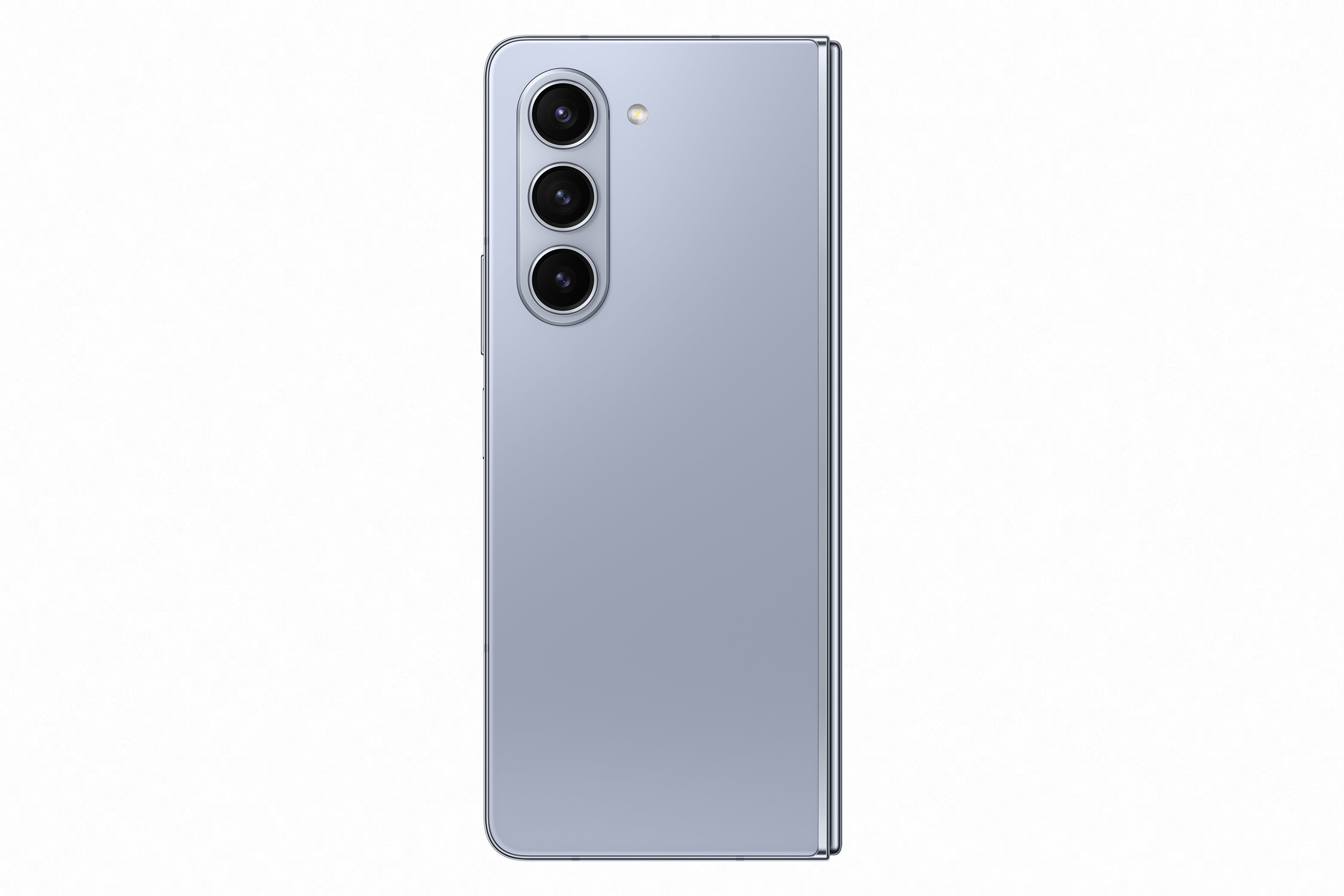
Samsung’s own ecosystem of apps has made great strides towards adding features like dragging and dropping copied text and images between windows, but 99 per cent of apps aren’t there yet. Besides, the relatively tiny audience of foldable users doesn’t incentivise app developers to spend time and money on redesigning for the folding screen.
The software experience on foldables right now feels like the olden days of the original iPhone, when developers were still wrapping their heads around what phones are capable of – it’s very impressive hardware that’s waiting for traditional software to catch up.
When folded, the Galaxy Z Fold 5 has a very tall and narrow outer display, which feels more like using a TV remote than it does a regular, slab-style phone. This is perfect for scrolling through social media content and quickly checking notifications, but feels cramped when typing or doing anything productive.
The narrow form factor seemed like a more easily forgiveable compromise before rivals like the Google Pixel Fold came along, but having tested both we feel that Google’s shorter, wider phone is the more sensible shape for this type of book-style foldable. An exterior display that uses a traditional screen ratio means you can get most things done without actually opening the phone. You also get a better experience watching videos or taking calls on the outer display, using the hinge to angle the screen towards you while the phone is on a desk.
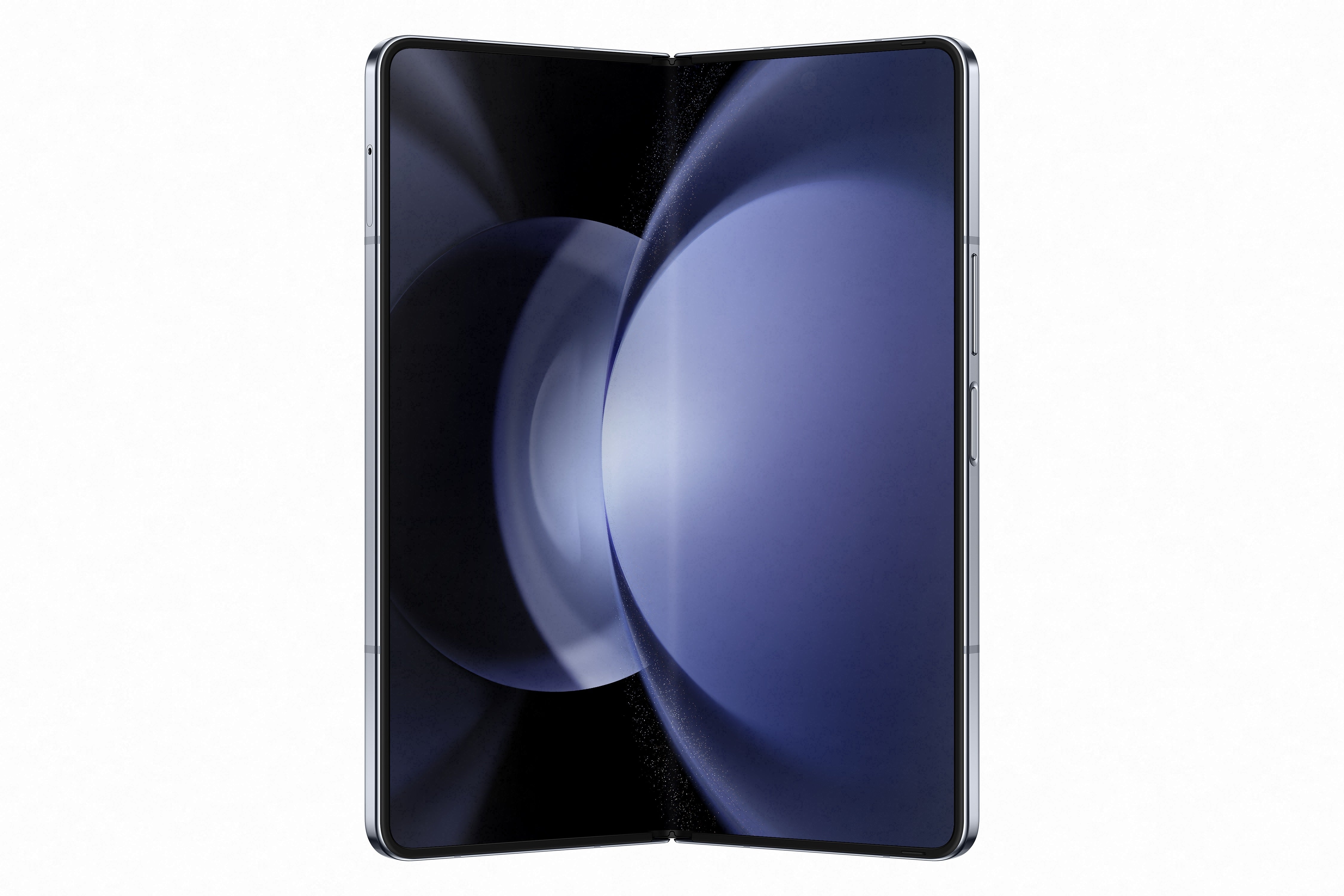
Your preference might vary. The Galaxy Z Fold 5 is certainly a more powerful device than any other folding phone on the market. It’s lighter, it’s more comfortable to use when unfolded, and it has a longer battery than the Google Pixel Fold. And now that Google – Android’s biggest stakeholder – has thrown its hat into the foldable ring, we can only expect that more developers will accelerate their software support for folding displays.
Samsung’s fifth generation foldable still leads the pack with an incremental annual update, but the Galaxy Z Fold 5 is difficult to get too excited about this year, whether you’re a foldable convert or not. With new rivals now nipping at Samsung’s heels and finally offering some serious alternatives to the Fold, maybe we’ll see a bigger leap in the tech next year.
Available in three colourways – icy blue, cream and phantom black – as well as two online exclusive colours (blue and grey) the Galaxy Z Fold 5 is available to buy now.
Buy now £1,749, Amazon.co.uk
Voucher codes
For the latest discounts on phones and tablets, try the links below:
Get the full picture with our round-up of the best laptops of 2023, whether you’re working from home or gaming on the go